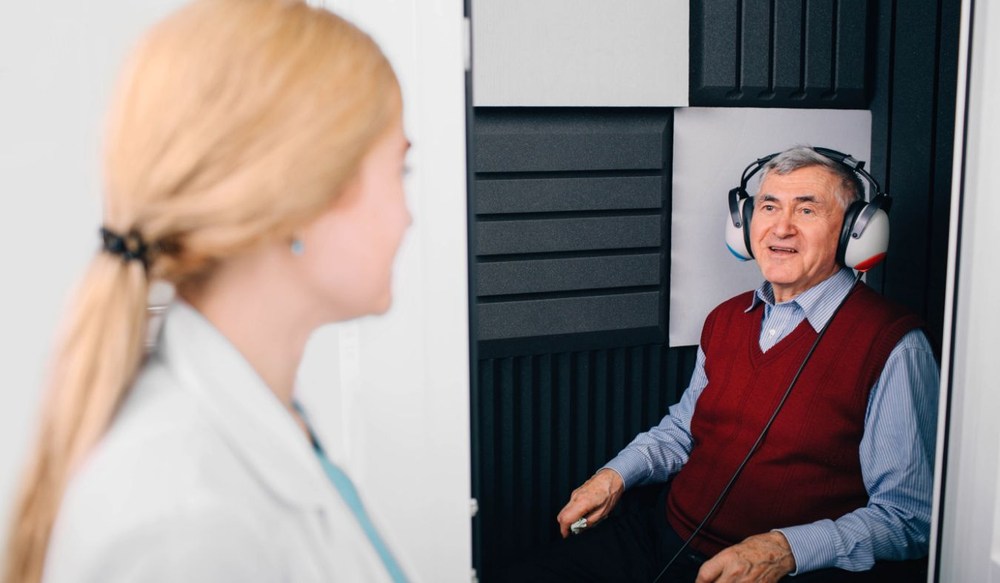How Allergies Can Affect Your Hearing
Many people are surprised to learn that allergies can affect hearing.


Many people are surprised to learn that allergies can affect hearing.

Getting a hearing test is an important step toward understanding your

Hearing difficulties can have a real impact on daily work life. Simple